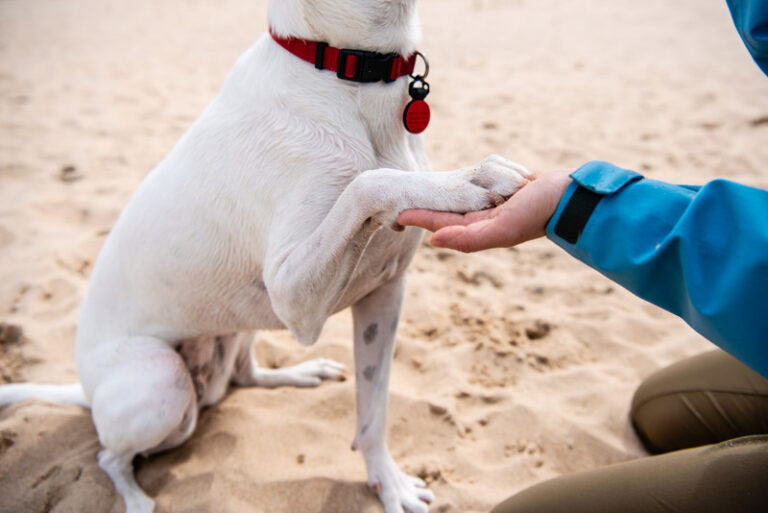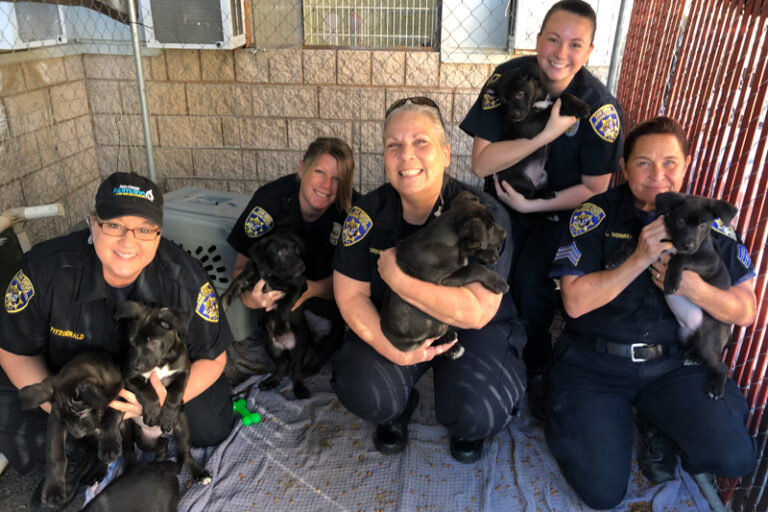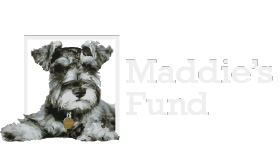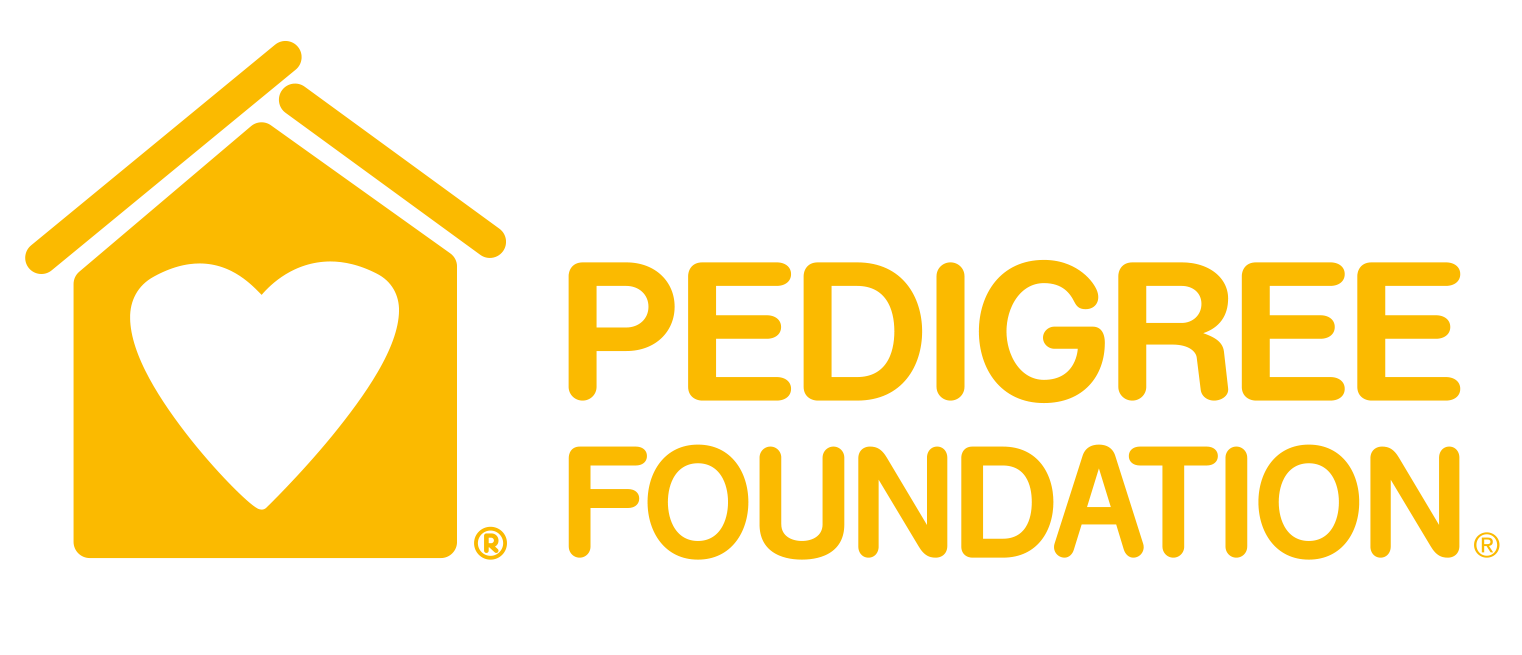Featured Image Credit: Gina Montanarelli
The intersection of marketing and adoption policies is where the magic happens for reducing barriers to adoption.
The role of marketing is to help define our programs for the community, communicate how to use our services, and advertise how people can get involved. Adoption policies exist to keep things uniform, organized, and flowing smoothly.
If either one of these critical elements is out of sync, we can end up creating more hurdles for potential adopters, and losing lifesaving connections in the process.
The answer: Creating welcoming marketing that is skillfully supported by good customer service, open adoption policies, and solution-driven programming!
How does this work in practice? Read our FAQ and find out:
If we don’t share that a dog can’t be in a home with another dog, several people will apply then will be upset if we don’t share that. Like they were betrayed. How do you overcome this?
It’s important to find a balance. We don’t want to make our bios into adoption counseling, but we do need to transparently share information that will help with matchmaking.
In the case of a dog who can’t be housed with other dogs, sharing something like “Samson has requested he be your one-and-only dog in the home, but we’d be happy to share about his excellent hiking skills, where he’s happy to see other leashed dogs from afar.”
In this way, we’re making it known that some adopters who have a multi-dog home may not be a great fit, but we’re not going deep into behavior language and intimidating other potential homes.
Wherever possible, contextualize what we mean by “only dog”: Are they tolerant of seeing other dogs on walks, from afar? Can they live in proximity to another dog, like an apartment complex where other dogs live next door or on the other side of a fence?)
That way we can often write a better description or pivot point to give a bit more information, but without spamming the reader with too much information.
How can we advertise to the public that we’re actively reducing adoption barriers and let people know we welcome them?
A great way to let people know they are welcome in your adoption program while also helping provide accountability for your organization is having a public Adoption Philosophy.
This gives you a way to point towards a guiding statement and expectations, both internally and externally.
Here are some examples from Austin Pets Alive!:
We do our very best to challenge ourselves and our implicit biases every day. The biggest challenge we currently face is a lack of resources to respond to everyone when a popular dog gets many inquiries. Any suggestions?
This answer comes from Clare Callison is the Maddie’s® Director of National Pet Supply and Demand for American Pets Alive!.
Start by examining your adoption processes from start to finish, with a focus on inefficiencies or repetitive parts of the process that can be streamlined to save staff time.
For instance, could the length of the adoption questionnaire reduce time spent on paperwork? Could you create a volunteer position that can help manage your “adopt line,” and assist with triaging requests and helping to answer some of the common questions?.
Remember that simple, specific tasks are often easy to recruit help for. Instead of doing a broad posting that you need a “Volunteer for adoptions” – you can get more detailed and specific, like this job description for a Volunteer Cat Marketing Team Profile Writer.
What are some resources or templates we can use to learn more about making our adoption marketing more inclusive?
- Watch this webinar: Overcoming Adoption Barriers: Where marketing meets Policy
- Read these blogs:
- Get this free bio writing toolkit: Bio Writing Toolkit
- See these bio writing resources:
- HeARTs Speak offers this collection of free inclusive stock images thanks to Portsmouth Humane Society in VA
Additional Resources
- Adopters Welcome Toolkit | HumanePro by HSUS
- Adopter’s Welcome DIY Action Plan | HumanePro by HSUS
- Marketing FUNdamentals | Maddie’s University
- Customer Service for Social Change | ASPCA Pro
- Online Reputation Management | Maddie’s Fund
- Getting to Yes! Making Great Matches Between People + Pets| American Pets Alive!
- Bio Writing, Photography, + Marketing Resources | HeARTs Speak
